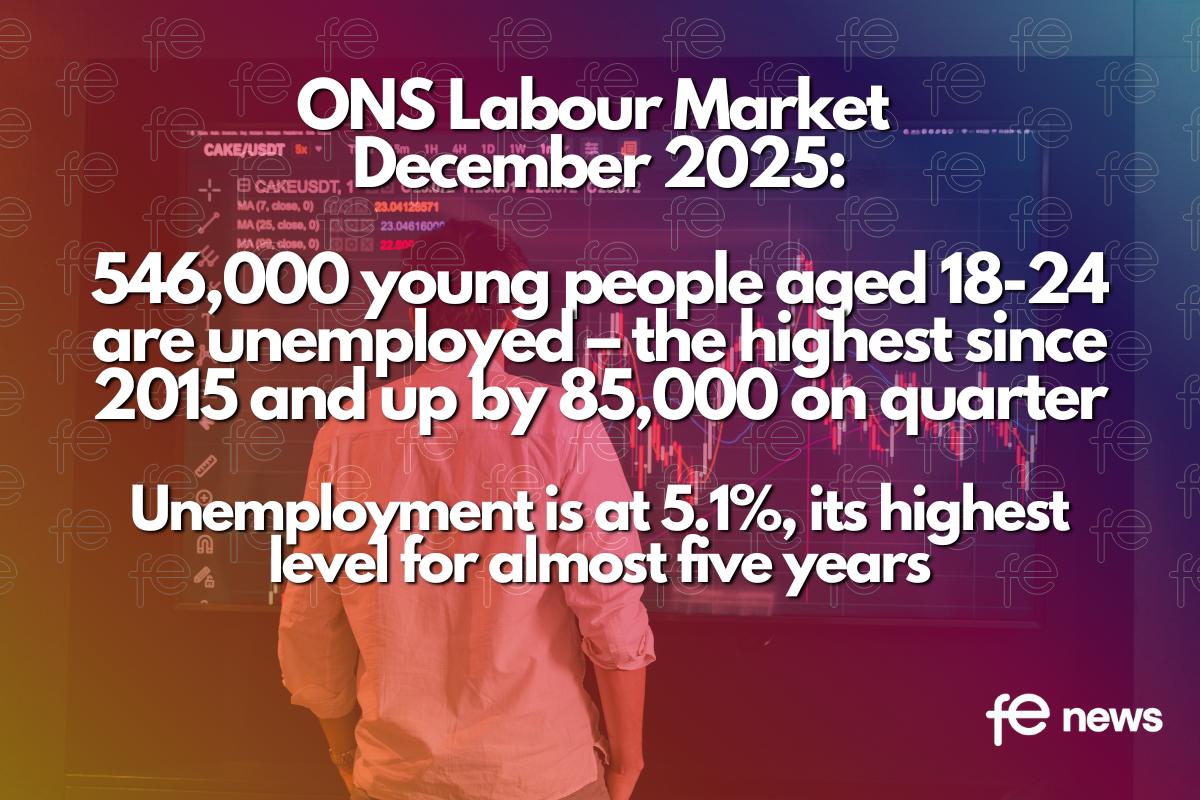Employability Day 2017: An Overview of Britain’s Disabled Workforce

In just a few months from now, the Government will be launching its new welfare-to-work scheme, the Work and Health Programme. The scheme is intended to provide specialised employment support for both people with disabilities and the long-term unemployed, but the Government’s expectation is that the majority of those referred to the Programme will be those who are classed as disabled.
According to Scott Parkin, Chair of the Institute of Employability Professionals (IEP):
“The Work and Health Programme presents an opportunity for us all to help create a world where disabled people are seen for what they can do rather than what they can’t. For frontline staff that means being prepared for a different way of working, providing professional, tailored care and support to meet the needs of customers and their families.”
This being the case, and to coincide with UK Employability Day, we thought it would be an opportune moment to combine own Labour Market Intelligence with data from the Labour Force Survey to give some insight into the numbers of people with disabilities currently at work across the country, looking at what jobs they are employed in, and which industries employ the most disabled people.
Let’s begin by noting the numbers of people with disabilities currently working in Britain. Out of a total workforce of around 29.8 million, the number classified as disabled (as defined by the 2010 Equality Act) totals around 3.3 million, or approximately 11% of the total work force. This is clearly a significant proportion of the British workforce, but it leads to our second question, which is what jobs are they actually employed in?
A look at occupations
Starting with a look at broad level occupations (2-digit SOC level), the chart below shows the proportion of workers in these occupations that are classed as disabled (with the grey line showing the 11% national average):

Beyond these high level occupations, we can also delve down into more specific job classification levels (4-digit SOC) to identify some more noteworthy data. The graph immediately below shows the occupations with the highest proportion of disabled workers, and the subsequent graph shows the occupations with the highest actual number of disabled workers:


Most of the jobs in the second of these graphs are some of the biggest employing occupations in the country, and so it is perhaps unurprising that they would include significant numbers of people with disabilities working in them. But the first graph throws up at least one very interesting observation. It is noticeable that there are a couple of occupations that are ordinarily self-employed (artists (19%) and authors (18.4%)). On the positive side, what this might indicate is that there is a good degree of self-sufficiency amongst people with disabilities. However, it might also indicate – although this is nothing more than a suggestion – that people with disabilities are finding it difficult to enter the full-time labour market and so end up working for themselves.
A look at industries
Having looked at occupations, we can now do essentially the same exercise with industries. Beginning with a high level overview (this time we are using 1-digit SIC codes), the chart below shows the percentage of people in each industry classed as disabled, and once again the grey line shows the 11% national average:

As you can see, the workforce in some industries includes a significant number of people with disabilities. For instance, agriculture, forestry and fishing (15%); other service activities (14%); real estate activities (13%); administrative and support service activities (13%); and human health and social work activities (13%). At the other end of the spectrum, sectors such as information and communication (8%); and financial and insurance activities (8%) employ proportionately few.
As we did with occupations, we can also go beyond those broad level industries to look at far more specific sectors (4-digit SIC level). The first graph below shows the industries with the highest proportion of disabled workers, and the subsequent graph shows the industries that employ the highest actual number of disabled workers:


As with occupations, the industries in the second graph tend to be those that are the biggest all round employers, and so the fact that they employ significant numbers of people with disabilities is not particularly surprising. However, the data in the first graph is interesting, as it shows that there are some quite niche sectors – manufacture of ceramic tiles and flags; and artistic creation, for instance – where a large proportion of the workforce have a disability.
In Conclusion
The data we have presented above shows clearly that the disabled workforce makes up a significant part of the national economy. It also shows that there are many occupations and industries where representation is far higher than the national average – including in some self-employed jobs and some fairly niche sectors.
With the Work and Health Programme in mind, what this can begin to do is to open up a few questions in the minds of those service providers who are awarded the contracts to run the Programme. For example, where are there the likely pinch points likely to be as the labour market tightens up? Might the occupations and industries that are currently employing fewer disabled people than others provide opportunities in the future? Are those occupations and industries that are currently employing significant numbers of people with disabilities set to grow over the next few years, and if so, does this present us with opportunities?
As Scott Parkin noted:
“This data shows that there are many disabled people in a range of occupations but there is much work to be done to close the disability gap. One way of doing that is to help employers gain more confidence in how to support disabled people and people with health conditions and help them understand that, in many cases, it often takes just a few, seemingly small adjustments.
Initiatives such as the Disability Confident programme are making great strides in providing information and advice to employers to help them recruit and retain disabled people but employment support providers also have an important part to play in improving their knowledge and skills so they are better informed about the issues and challenges people face. Working to improve partnerships between employers, advisers, specialist support agencies and health professionals to provide genuinely holistic support will also be key to brokering successful outcomes and the IEP will be working hard to equip our members with the advice and knowledge they need for this exciting new future.”











Responses